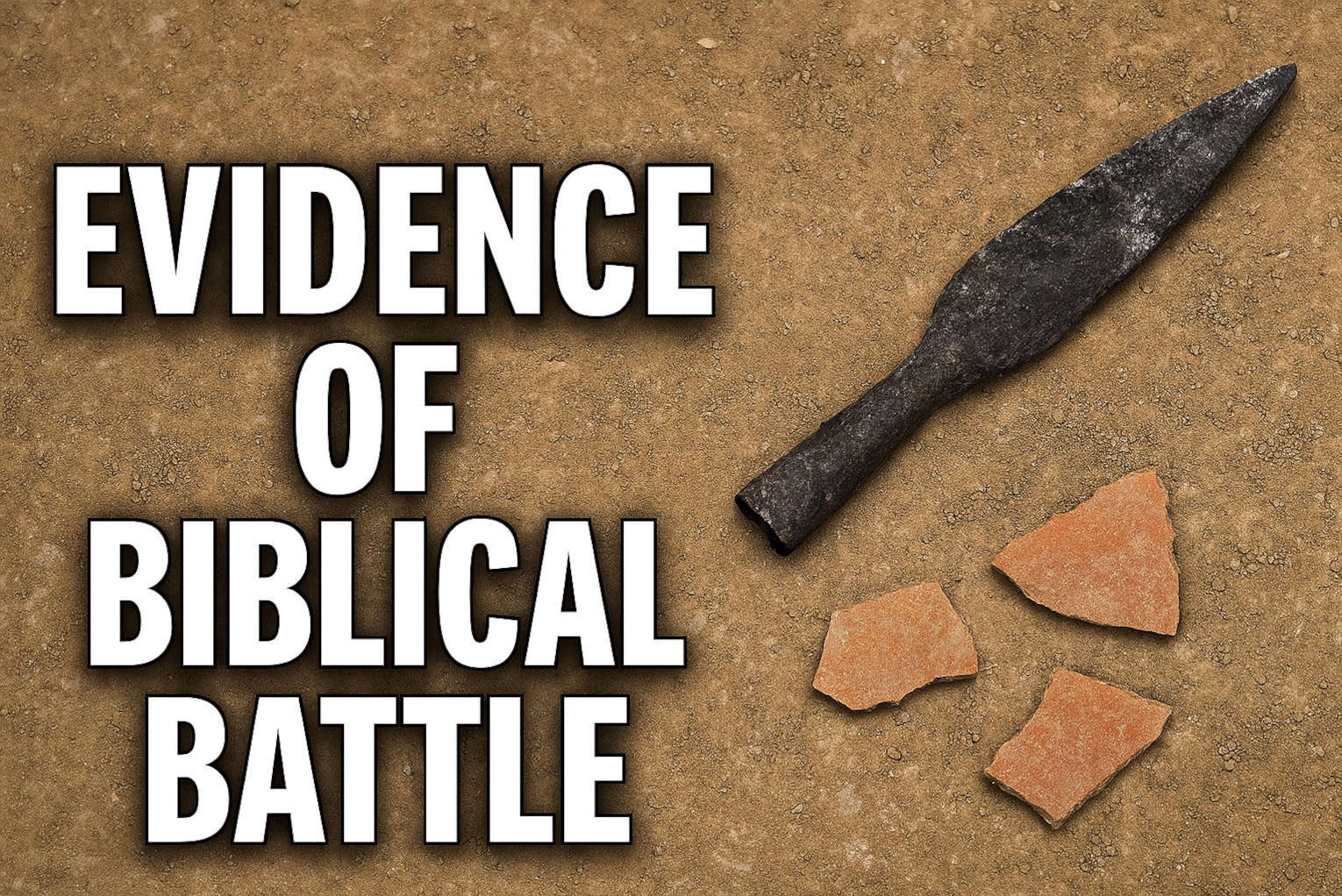History Catches Up With the Bible: Startling Discovery at Site of Armageddon
It’s easy for some to dismiss the Bible as just a spiritual text—until history and archaeology step in and back it up, piece by broken piece.
At the ancient site of Megiddo in northern Israel—yes, that Megiddo, the one Revelation calls Armageddon—archaeologists believe they’ve found fresh evidence of a battle the Bible has told us about for over 2,600 years. And it all comes down to some broken Egyptian pottery.
Dr. Assaf Kleiman, a senior lecturer at Ben-Gurion University, led the excavation at Tel Megiddo, a city layered with history from the Copper Age to World War I. But it’s one moment in time they’re zeroing in on: the Battle of Megiddo in 609 B.C., where Josiah, king of Judah, was killed by Egyptian forces led by Pharaoh Necho II.
Breaking News. Spirit-Filled Stories. Subscribe to Charisma on YouTube now!
“The exposure of so many Egyptian vessels, including fragments of serving bowls, cooking pots, and storage jars, is an exceptional phenomenon,” Kleiman told Fox News Digital. And he’s not talking about trade items. These weren’t imported for friendly exchange. Kleiman believes they were brought in by troops—Egyptian soldiers who fought and defeated Josiah.
Instead of suggesting commerce, Kleiman points to the “crude production technique, functional mixture, and the lack of similar evidence in nearby settlements” as clues these weren’t your everyday imports. These pots were used by soldiers—possibly even during the very battle the Bible records in 2 Kings 23.
And there’s more. Grecian pottery at the site could indicate that Greek mercenaries—referenced by both Herodotus and Assyrian records—were among the Egyptian forces. Kleiman notes, “The possibility of the participation of such mercenaries in the killing of Josiah may be hinted in prophetic works in the Bible.”
To be clear, there’s no definitive archaeological proof of Josiah’s physical remains or a labeled battlefield plaque. But Kleiman says the king’s existence “has never been doubted in biblical and historical scholarship.” He adds, “Literacy was more common in that era, and thus his reign was most likely documented by scribes who witnessed the events in real time.”
Still think the Bible’s just a book of spiritual metaphors?
From the Babylonian chronicles to fragments of jars buried for centuries, history keeps confirming what Scripture already told us. Even the idea that some of the so-called Ten Lost Tribes weren’t completely deported to Mesopotamia is being challenged. According to Kleiman, “This suggests that the social fabric of Megiddo in the Assyrian Era must have been composed of a significant portion of local populations.”
What we’re witnessing is archaeology catching up to the Bible. With every shovel of dirt and shard of pottery, the biblical narrative is being reinforced—not just as a spiritual guide, but as a legitimate historical record.
The evidence is stacking up, and it’s not just theological—it’s physical. Scripture continues to be validated by the dust of the earth, the marks of battles long past, and the records etched in ancient clay.
Critics are increasingly eager to discard the Bible, but it’s the stones that cry out the truth. And they’re telling us it’s not just a book of faith—it’s a book of facts.
Join Charisma Magazine Online to follow everything the Holy Spirit is doing around the world!
James Lasher is staff writer for Charisma Media.




























































